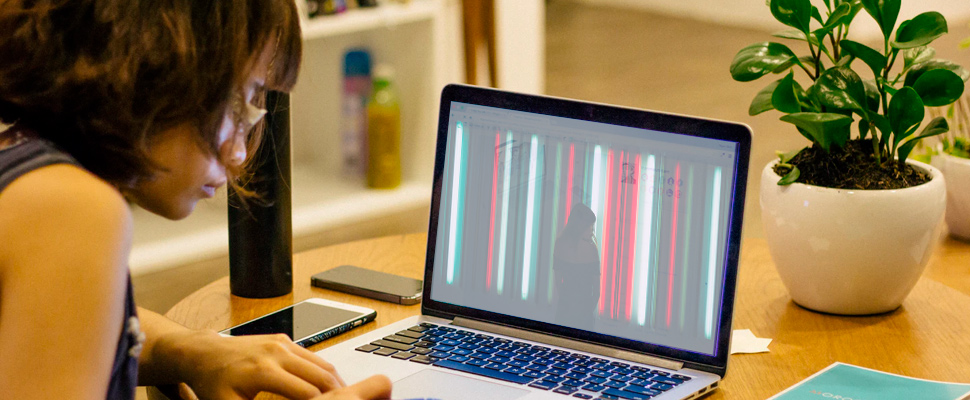Digital gender divide is growing, What can we do?
52 percent of women in the world are not connected.

Woman browsing on her laptop. / Photo: Unsplash – Reference image
The Woman Post | Luisa Fernanda Báez Toro
Escucha este artículo
Leer en español: La brecha digital de género está creciendo, ¿qué podemos hacer?
Last week the International Telecommunication Union (ITU) released the first report in the 'Measuring digital development' series and the results are not what we expected. As the ‘Measuring Digital Development: Facts and Figures 2019’ shows, “in most countries worldwide women are still trailing men in benefiting from the transformational power of digital technologies”.
The report also shows that while the gender gap has been decreasing in the Commonwealth of the Independent States and Europe, it is growing in the Asia-Pacific region, the Arab states and in Africa and, especially, in the least developed countries.
"ITU's Measuring Digital Development reports are a powerful tool to better understand connectivity issues, including the growing digital gender divide, at a time when over half of the world's population is using the Internet,” ITU secretary-general Houlin Zhao says.
He also said that there is a correlation “between the mobile phone ownership gender gap and the Internet gender gap – countries where the mobile phone ownership gender gap is large also have a high number of women not using the Internet.”
The report also found a correlation between the use of the Internet, lack of skills and affordability and found that those remain some of the key barriers, especially in the world's least-developed countries.
“In 40 out of 84 countries for which data is available, less than half the population has basic computer skills, such as copying a file or sending an e-mail with an attachment”, says ITU’s press release.
This report shows the need for governments to focus on developing digital skills, particularly in the developing world.
Also read: In Colombia, women are the best peacebuilders
So, what can we do?
In 2010 a crowdfunding platform called Women’s WorldWide Web (W4) was launched. As their website says, they aim to promote girls’ and women’s empowerment worldwide, harnessing the power of digital connection.
This is why W4 “strives to ensure that girls and women across the globe have equal opportunity to be digitally connected and can access the life-enhancing potential of Information and Communication Technologies”.
According to the Huffington Post, some of their programs include IT training for women survivors of sexual violence in the Democratic Republic of the Congo, mobile health services to save mothers and babies in South Africa, mobile apps to help domestic violence survivors in Spain access crucial services, among others.
“A lot of our programs focus on providing girls with IT skills training because of course, the future is digital. And while not anybody can launch a project, anybody can support projects”, says Lindsey Nefesh-Clarke, Founder and Managing Partner of W4, on an interview with France 24.
Online you can donate money as an individual, a group or if you can´t contribute economically, you can also create your own project and maybe they will accept it.





